Published in the Ocean Watch column, Honolulu Star-Advertiser © Susan Scott
August 22, 2008
This week the U.S. Fish and Wildlife Service sent out a depressing news release: Since Aug. 10, 106 Laysan ducks at Midway have died, probably from avian botulism.
The image of those beautiful little ducks, the poster birds of Hawaii’s endangered waterfowl, lying dead made my stomach hurt. Nature, I thought, sucks.
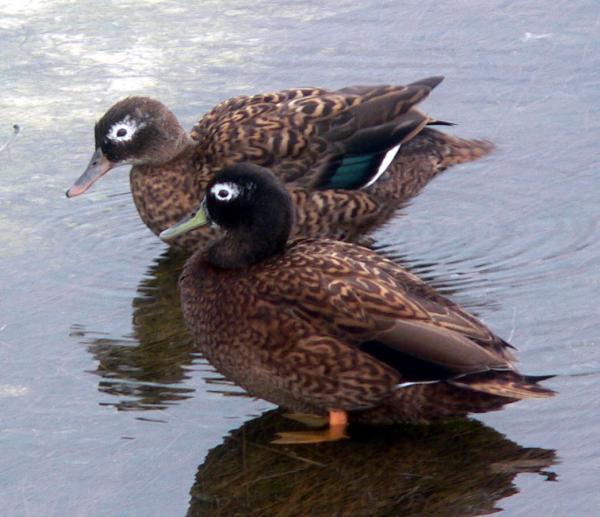
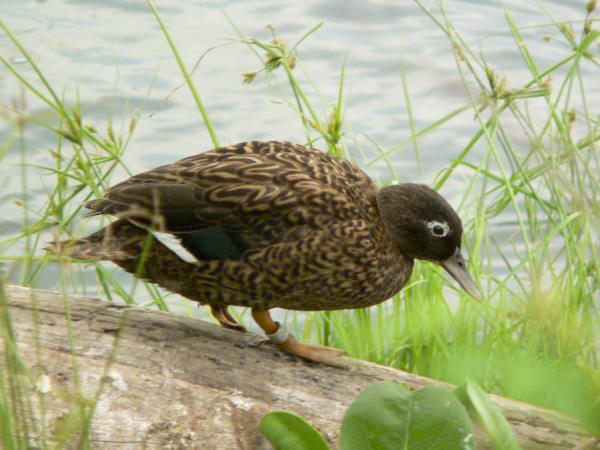
The culprit in this illness is a naturally occurring bacterium called Clostridium botulinum. Several strains can make humans deathly ill, but a different strain affects birds.
Not all birds that contract botulism die, but the mortality rate is high. In 1998, 45,000 ducks died in Alberta, Canada, from avian botulism, and thousands of U.S wetland birds died, mostly in the Western states.
Because of its prevalence in the American West, avian botulism was once called western duck sickness. Today, however, researchers have found botulism outbreaks in wetlands throughout the world. Wild birds have contracted avian botulism on every continent except Antarctica in at least 23 countries.
It’s also found throughout the United States including Puerto Rico and Hawaii.
In 2000, Maui’s Kealia Pond National Wildlife Refuge had a botulism outbreak, killing 50 wetland birds and shorebirds and making dozens of others sick.
Fifty and 100 deaths on Maui and Midway respectively might seem trivial compared with North American outbreaks, but our numbers are low from the start. Hawaii’s stilt, coot, gallinule and two ducks are all endangered endemic species. Even small losses are significant.
The trouble-causing Clostridium botulinum is found almost everywhere: in both cultivated and pristine soil, and in stream, lake, pond and coastline sediments. The bacterium also lives in the intestines of fish and mammals, and in the gills and guts of crabs and other shellfish.
In spite of this pervasiveness, few people or animals get botulism, because the germ has a passive form. When conditions get intolerable for its active form, the bacterium shuts down and becomes dormant. During this time it’s called a spore.
Botulinum spores can live for years in water and soil and in that state cause no harm. But when oxygen is absent and temperature, alkalinity and salinity are just right, the spores wake up and release one of the most potent biological poisons in the world.
Shorebirds and wetland birds get botulism from eating worms, larvae and other invertebrates that have eaten the toxin. Invertebrate animals are immune.
The good news on Midway this week is that biologists think the worst of this outbreak is over. To reduce stagnation in the affected ponds, workers there have added large amounts of fresh water, the recommended treatment. This adds oxygen and changes the water conditions so the bacteria will stop producing poison. Then they go back into hibernation until Mother Nature wakes them up again.
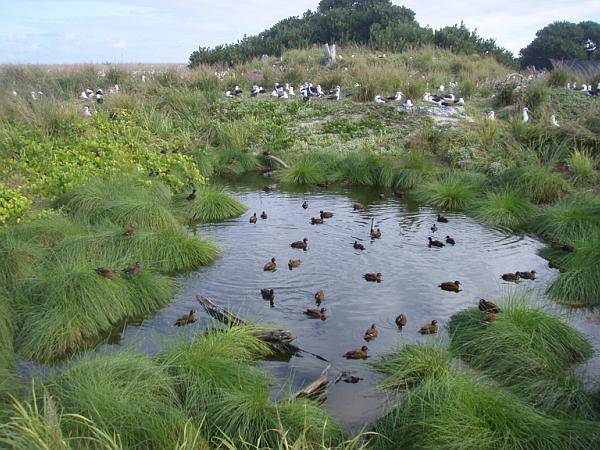
Before the botulism outbreak, the Midway duck population numbered approximately 400 individuals, a tenfold increase from the 42 ducks brought from Laysan in 2004 and 2005. Laysan currently hosts about 600 ducks.
Workers believe these resilient ducks will recover their numbers and continue to thrive.
And when that happens, I will then declare nature glorious. In the world of nature, it’s hard to stay neutral.
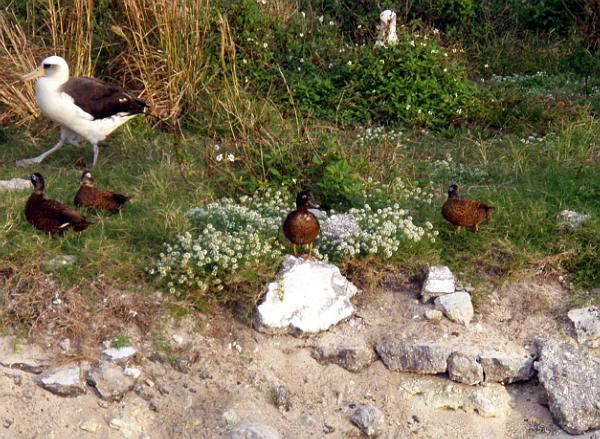
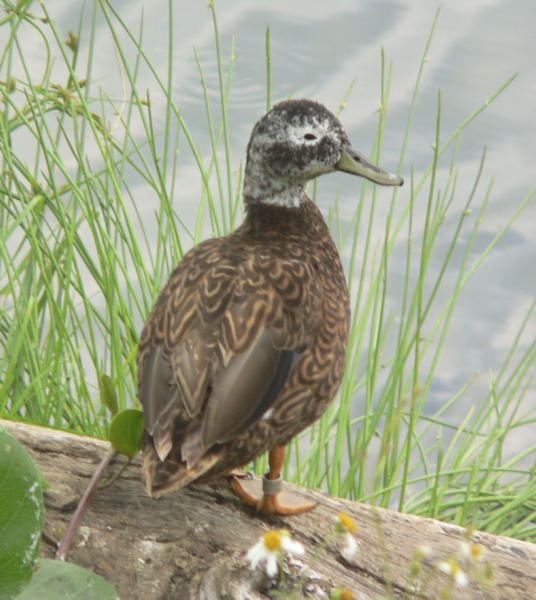
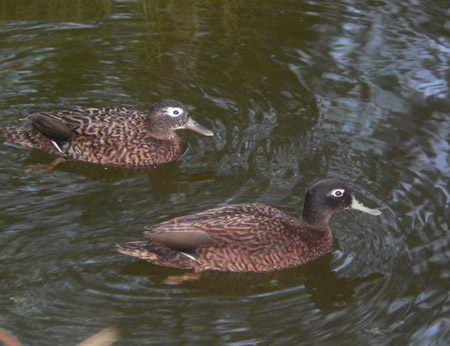
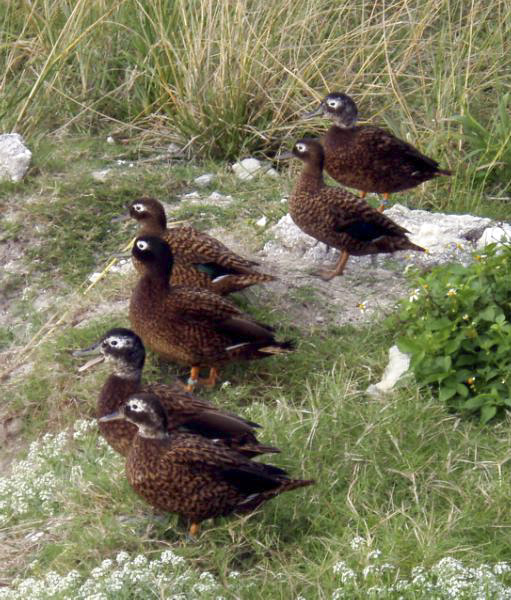
All Photos by Susan Scott